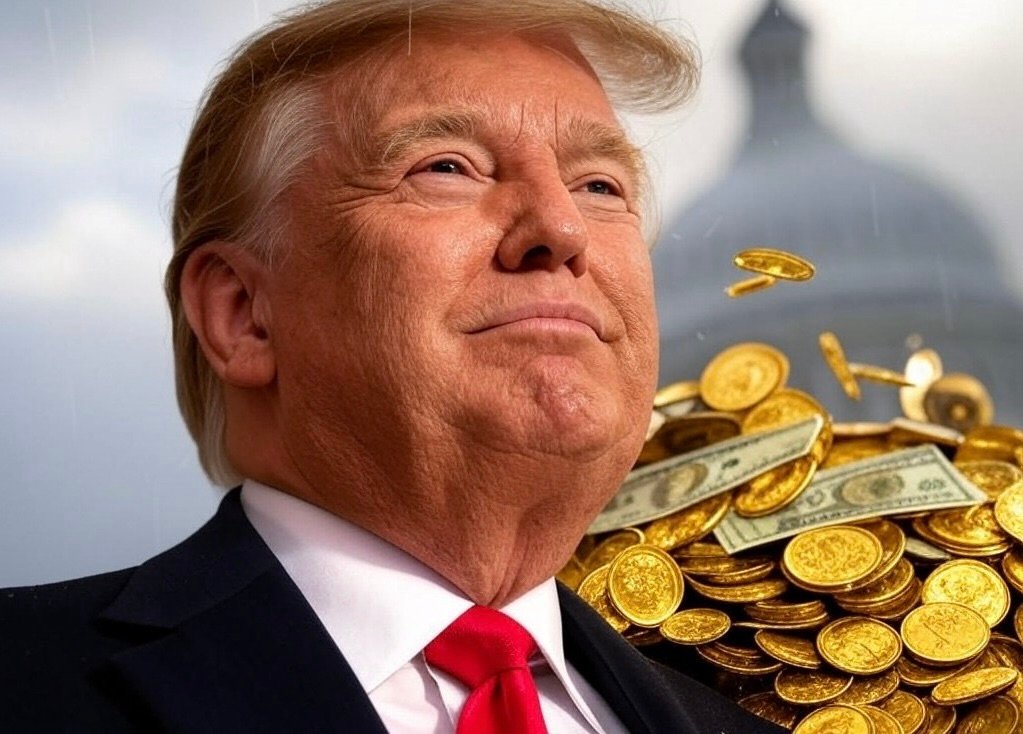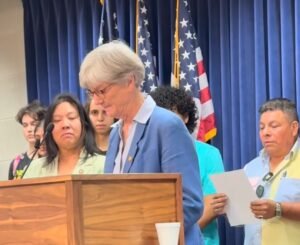As President Donald Trump’s inaugural fund prepares to migrate to its next phase on January 20th, questions about what will happen to the record-breaking $107 million raised for his 58th Presidential Inauguration remain unanswered. This sum is more than double the amount raised by previous presidents, sparking intense scrutiny from civic groups, academics, and watchdog organizations.
Unlike past inaugural committees, Trump’s team has yet to provide a detailed accounting of how the funds were spent or what will happen to any surplus. This lack of transparency raises concerns as historical precedent shows that surplus funds are often redirected to public causes or returned to the U.S. Treasury.
The Record-Breaking Fundraising
Trump’s inaugural committee set a new record by raising $107 million, surpassing the $53 million raised by President Barack Obama for his 2009 inauguration. For comparison:
• Obama’s 2009 Inauguration: $53 million (five days, 10 official balls, record attendance).
• Obama’s 2013 Inauguration: $43 million.
• George W. Bush’s 2005 Inauguration: $42 million.
Trump’s inauguration, however, was significantly scaled down, lasting just three days with three official balls and a smaller crowd. Despite the comparatively modest event, Trump’s team raised and likely spent far more than previous administrations. Experts estimate tens of millions of dollars could remain unspent, prompting civic groups to ask: Where will this money go?
Where Do Surplus Funds Typically Go?
Historically, inaugural committees have directed surplus funds to several areas:
1. Charitable Contributions
• President Obama’s 2009 committee donated leftover funds to organizations such as Habitat for Humanity and local food banks, helping communities recover from the economic downturn.
• George W. Bush’s 2005 committee allocated surplus funds to scholarships and disaster relief programs.
2. U.S. Treasury
• Some inaugural committees have transferred surplus funds back to the U.S. Treasury to benefit taxpayers directly.
3. Operational Expenses
• Surplus funds can also be used to cover ongoing administrative costs, such as audits and archiving records.
4. Undefined Uses
• In some cases, committees retain funds indefinitely without public disclosure, raising concerns about potential misuse.
Given the unprecedented amount raised for Trump’s inauguration and the scaled-down nature of the event, watchdog groups argue that any surplus should be redirected to public causes or the Treasury.
Calls for Transparency and Accountability
A coalition of civic groups, including Citizens for Responsibility and Ethics in Washington (CREW), Democracy 21, and Public Citizen, recently sent an open letter to Trump and his Presidential Inaugural Committee (PIC) demanding clarity on the funds. The letter emphasizes the need for transparency, pointing to the unusually high fundraising amount and the relatively modest event.
“Trump’s Inaugural Committee raised an all-time record of $107 million, well over twice the amount raised by Obama’s 2009 Inaugural Committee, and in all likelihood spent considerably less for Trump’s inauguration than was spent on either of Obama’s inaugurations,” the letter stated.
The coalition urged Trump’s team to allocate any surplus funds to charitable causes or return them to the U.S. Treasury, following the example set by previous administrations.
Unanswered Questions and Potential Implications
The lack of clear reporting has fueled speculation about how Trump’s inaugural funds were spent. Some experts suggest that the funds may have been used for purposes unrelated to the inauguration, while others raise concerns about the potential for misuse. This issue highlights the broader challenge of regulating inaugural committee finances.
Currently, inaugural committees are not legally required to disclose how funds are spent or allocate surpluses in a specific way. This legal loophole has allowed committees to operate with minimal oversight, prompting calls for reform.
“Without transparency, the public cannot trust that these funds are being used appropriately,” said Prof. James A. Thurber, one of the letter’s signatories. “This is about accountability, not just for Trump but for all future administrations.”
The Bull City Citizen: Keeping You Informed
As the January 20th migration approaches, The Bull City Citizen is committed to providing thorough and unbiased reporting on the fate of Trump’s inaugural funds. With over $107 million at stake, the public deserves to know how these funds will be allocated and whether they will benefit taxpayers or public causes.
For updates on this and other important stories, stay connected with The Bull City Citizen—your trusted source for investigative journalism. Contact us at tips@bullcitycitizen.com with your insights and feedback.
What’s Next?
The fate of Trump’s $107 million inaugural fund remains uncertain. Will it follow tradition and be used for public good, or will it remain unaccounted for? This moment offers an opportunity for greater transparency and reform in inaugural committee practices. As we wait for answers, one thing is clear: The public deserves clarity and accountability for how these historic funds are managed.













